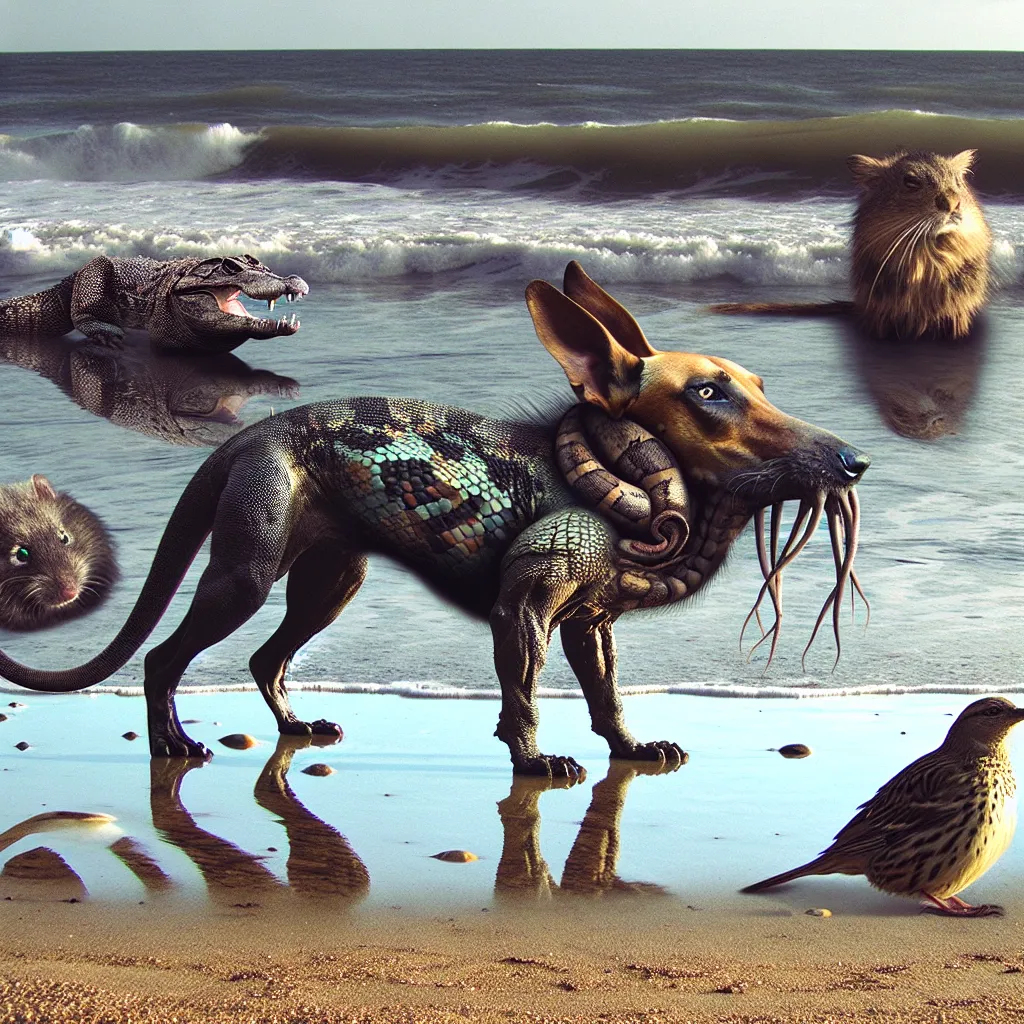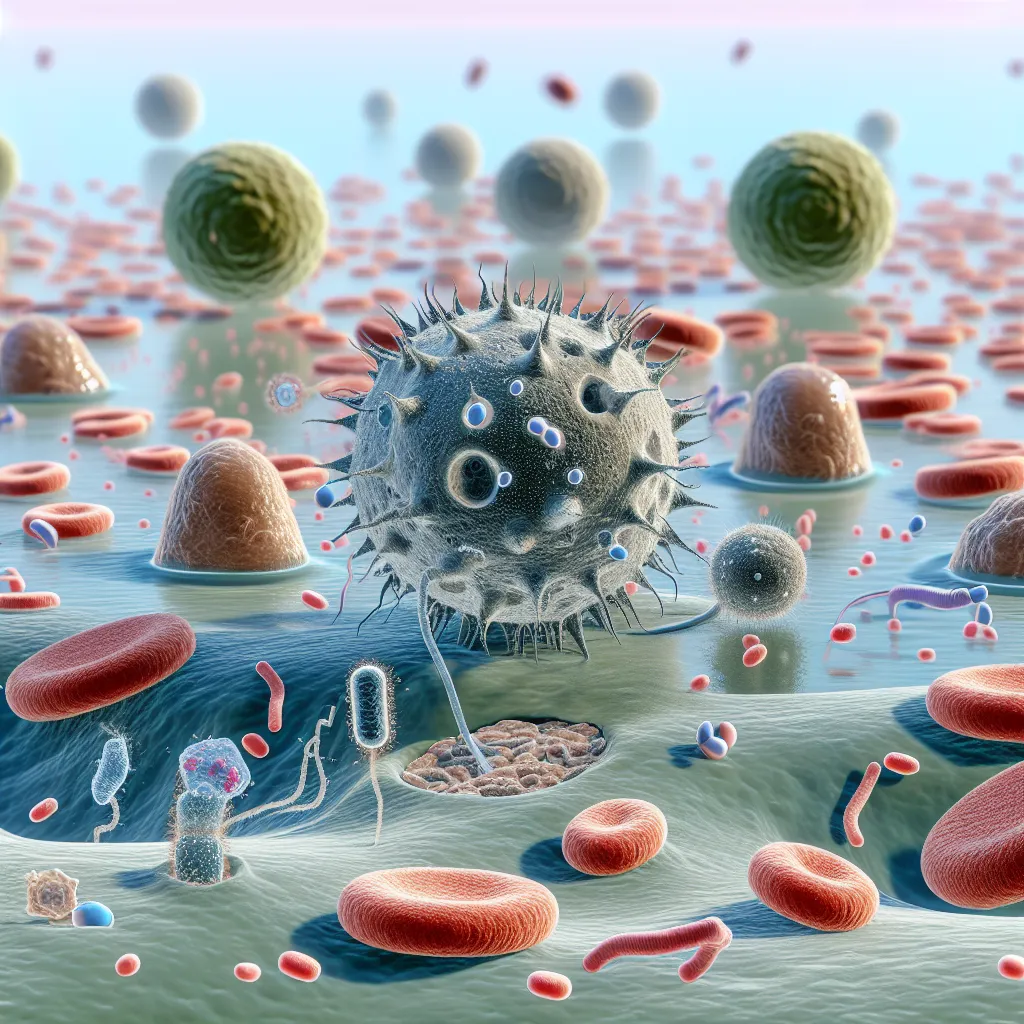In July 2008, a bizarre animal carcass washed up on a Montauk Point beach in Long Island, leaving locals and experts completely baffled. Dubbed the Montauk Monster, this creature seemed like a mix of dog, reptile, rodent, and bird. Naturally, suspicions turned towards the nearby Plum Island, rumored to be a top-secret facility for bioweapons and hybrid animal experiments.
Over the next few years, even more unidentified animals surfaced on the beaches, some resembling a mix of pig and cat, while others looked like massive rats. In 2010, the situation turned sinister when a nearly human body washed ashore, marked by strange features and holes in its skull, hinting at gruesome experiments.
Plum Island is home to the Plum Island Animal Disease Center, tasked with studying livestock diseases like foot-and-mouth disease (FMD) and African swine fever. This research is vital since an outbreak could devastate the American food supply. However, dark rumors have long suggested that the island’s activities also include genetic experiments on animals and humans.
The historical context of Plum Island is even more sinister. During WWII, the U.S. recruited top scientists from Nazi Germany through Operation Paperclip, including bioweapons expert Eric Traub. Traub specialized in using infected insects, like ticks, to spread diseases, a technique that seems eerily relevant when considering the outbreaks of Lyme disease and lone star ticks in the Northeast U.S.
Notably, Lyme disease, named after the town of Old Lyme, Connecticut, first surfaced in the 1970s, only a stone’s throw from Plum Island. Symptoms ranged from rashes to severe joint pain and psychosis. Researchers believe that this was no coincidence, given the island’s history of tick experiments.
Even beyond Plum Island, there have been numerous scary lapses in bioweapons security across the U.S. The CDC in Atlanta and other labs have reported multiple breaches, leaks, and unsafe practices. In one case, the CDC accidentally exposed employees to live anthrax. Such recurring issues raised alarms about the potential ease with which a catastrophic outbreak might occur.
To top it off, in 1969, President Nixon officially halted bioweapons research, but reports later revealed that the CIA had flouted these orders, maintaining a sizable stockpile of biological weapons. This casts a shadow of doubt over any government assurances about their safety protocols.
Given the gravity of these revelations, it’s crucial to advocate for transparency and stringent safety measures at all bioweapons research labs. Pressuring local legislators to uphold rigorous inspections might just mitigate these risks. Though Plum Island is set to close soon, the research will move to Kansas, placing America’s Heartland and its food supply under potential peril.
In summation, the unexplained Montauk Monster, Lyme disease outbreaks, and bioweapon mishaps paint a chilling picture of lax safety and ethical breaches. If these stories teach us anything, it’s to remain vigilant and demand accountability for the research and experiments conducted in our backyards.






